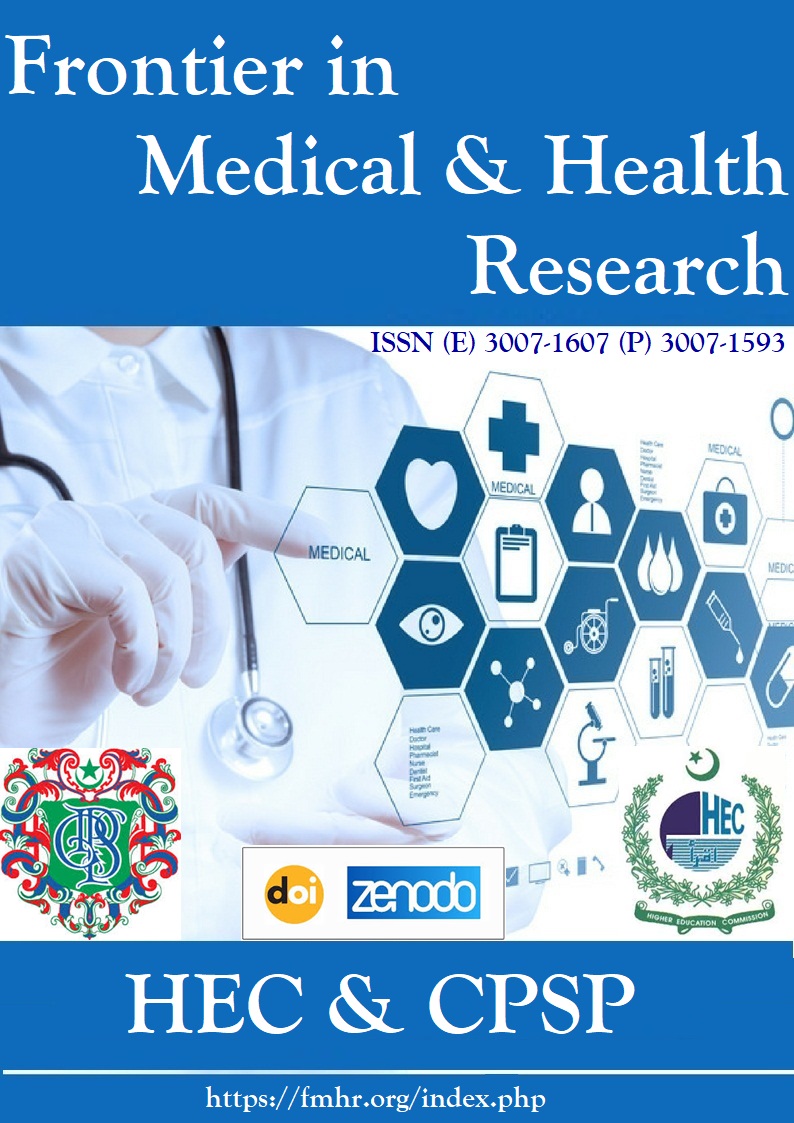Abstract
Preeclampsia remains one of the leading causes of maternal and perinatal morbidity and mortality worldwide, typically manifesting as new-onset hypertension and proteinuria after 20 weeks of gestation. Early prediction and timely prevention are critical in reducing complications such as preterm birth, fetal growth restriction, and long-term cardiovascular risks for both mother and child. Recent advances in predictive modeling have combined clinical risk factors, biochemical markers, and imaging techniques to improve early detection. Machine learning approaches, particularly those integrating maternal demographic data with biomarkers like placental growth factor (PlGF) and soluble fms-like tyrosine kinase-1 (sFlt-1), have shown promise in enhancing diagnostic accuracy. Moreover, the application of uterine artery Doppler studies has provided valuable insights into placental dysfunction, strengthening risk stratification efforts.
Preventive strategies have also evolved, with low-dose aspirin emerging as the most widely recommended pharmacological intervention for high-risk women, supported by large-scale trials. Nutritional interventions, such as calcium supplementation, have demonstrated benefits in populations with low dietary intake, while lifestyle modifications including weight management and physical activity are gaining recognition as adjunctive strategies. Despite these advances, challenges remain in ensuring model generalizability across diverse populations, cost-effectiveness in clinical practice, and equitable access to preventive care in low-resource settings.
Overall, integrating advanced prediction models with evidence-based preventive measures offers a promising pathway to reduce the global burden of preeclampsia. Continued research should focus on refining predictive algorithms, validating biomarkers in multi-ethnic cohorts, and ensuring that preventive interventions are accessible and scalable within routine antenatal care.
